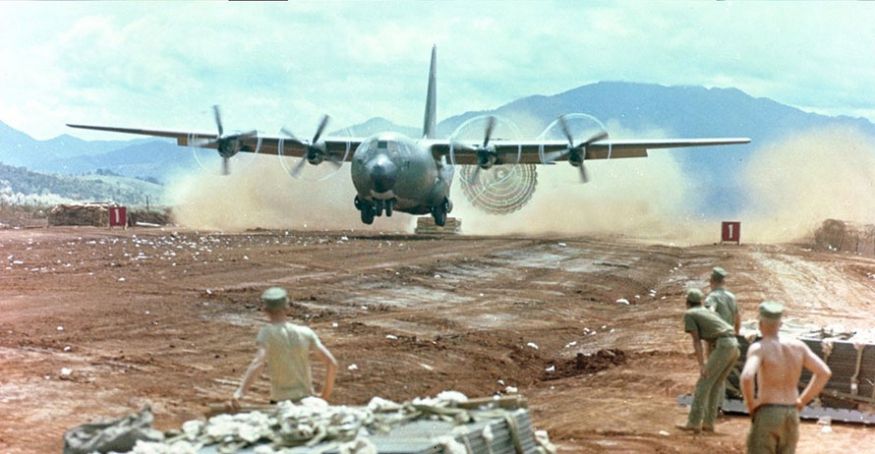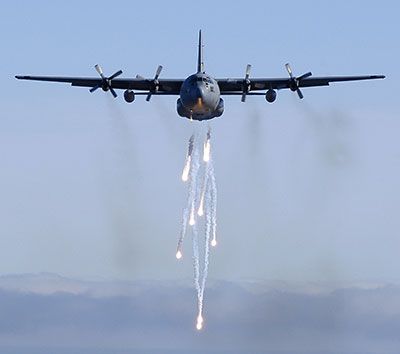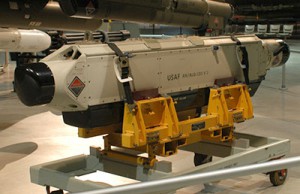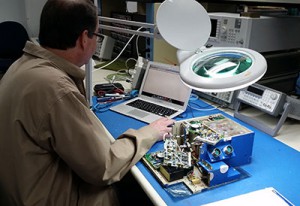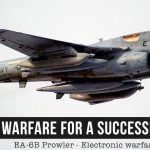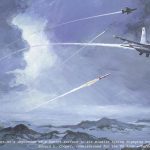 The year is 1979 and a Navy C-130 is halfway through a 4 hour flight skirting a border that separates their airship from hostile territory. Feeling relatively comfortable cruising along at 310 miles per hour and 15,500 feet, the three man crew in the cockpit debate which Major League team will win the World Series based on the current pennant race.
The year is 1979 and a Navy C-130 is halfway through a 4 hour flight skirting a border that separates their airship from hostile territory. Feeling relatively comfortable cruising along at 310 miles per hour and 15,500 feet, the three man crew in the cockpit debate which Major League team will win the World Series based on the current pennant race.
The calm is broken by an alarm that shrieks throughout the cabin alerting them that the aircraft has been actively targeted by an anti-aircraft defense system. It startles the two pilots and the navigator, who immediately pop to attention and begin following their training taking evasive action to avoid the surface-to-air missile (SAM) site.
The aircraft banks hard right as the pilot attempts to put distance, and maybe a mountain, between the C-130 and the SAM site. Just then the tone changes as the radar detection alert shifts to the Missile Approach Warning, identifying a missile has been fired. Out the starboard window, the co-pilot sees the trail from the missile as it breaks the tree line and turns toward them.
The pilot pushes the aircraft’s nose down and in the opposite direction while dispensing flares and deploying the electronic countermeasures of the ALQ-131, the electronic countermeasures pod. The countermeasures work to confuse the missile and guide it away from the fleeing Hercules transport, allowing the C-130 to escape the danger. The crew continues on their way while radioing in the SAMs location which will be visited in a few seconds by an F-4 Phantom.
The AN/ALQ-131 Electronics Countermeasures Pod provides aircraft like the F-16, A-10, F-4, F-15, F-5, and the C-130 with electronic countermeasures protection. It is designed to deceive radar, sonar, and other detection systems. The ALQ-131 can be used defensively to alter the path of the incoming missile, or offensively by denying an enemy the ability to get targeting information and by radar jamming both defensive and offensive threats. An electronics countermeasures pod like the ALQ-131 can make the enemy’s radar see multiple targets, or even make the aircraft its attached to seem to disappear or move about randomly.
Without the pilot’s ability to fire flares and employ ALQ-131, the aircraft may have been shot out of the sky, risking the crew’s lives or freedom. The mixture of the pilot’s training and the aircraft’s available electronic countermeasures are essential tools for a successful mission.
Duotech can extend the life of your ALQ-131 electronics countermeasures pod, as we have test and repair capabilities for the entire system. Pictured is a DSI Technician repairing the power supply of the ALQ-131 Electronics Countermeasures Pod.
Supporting the ALQ-131 Advanced Electronic Countermeasures

